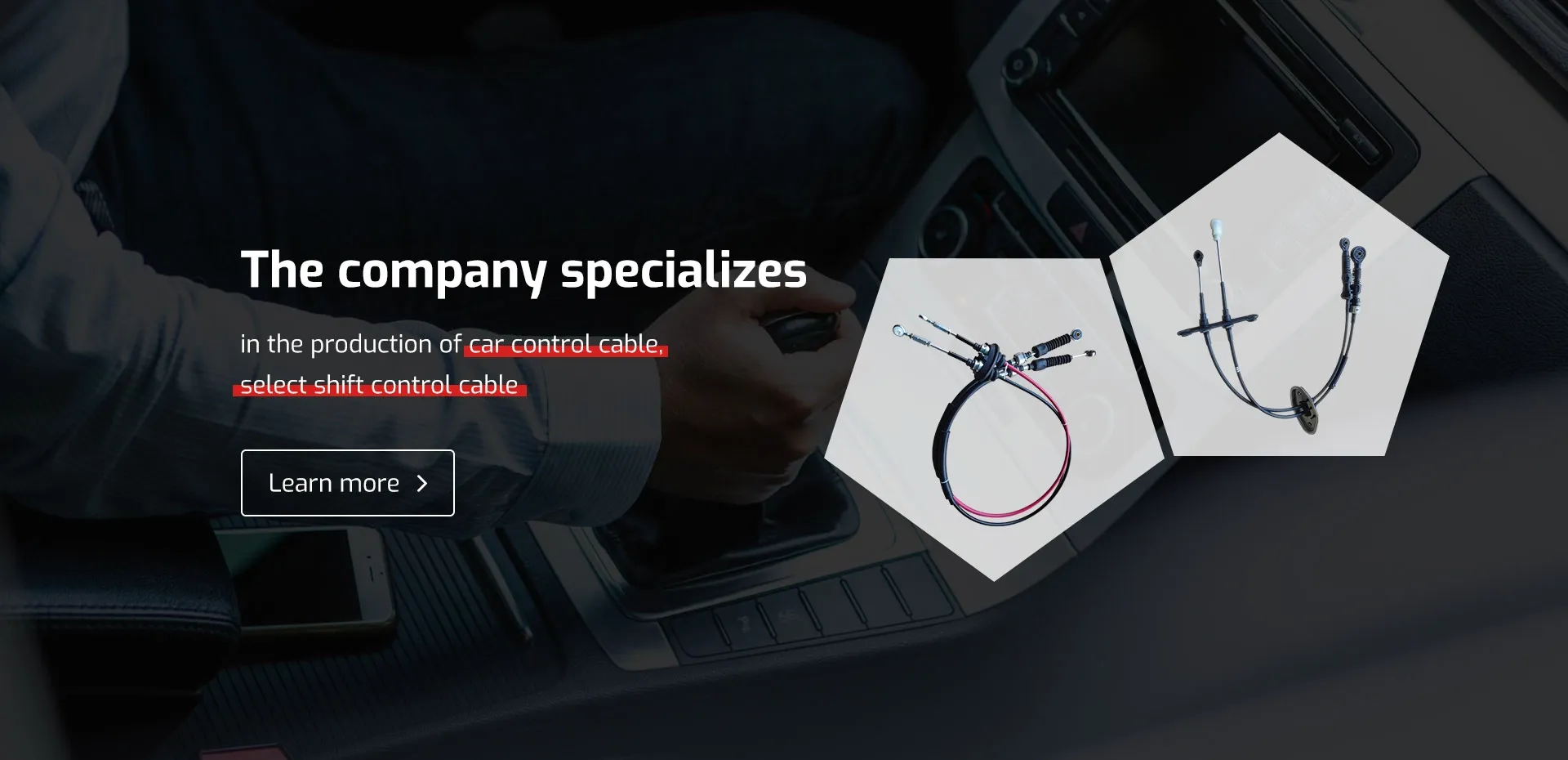carburetor throttle cable
Understanding the Carburetor Throttle Cable
The carburetor throttle cable plays a crucial role in the performance of an internal combustion engine, particularly in vehicles that utilize carburetor systems rather than fuel injection. This simple yet essential component connects the accelerator pedal to the carburetor, enabling the driver to control the engine's speed and power output.
What is a Carburetor?
Before diving into the specifics of the throttle cable, it's important to understand the carburetor itself. A carburetor is a device that blends air and fuel for internal combustion engines. It atomizes the fuel and mixes it with air to ensure optimal combustion. While modern vehicles predominantly use fuel injection systems for improved efficiency and performance, carburetors were once the standard method for delivering fuel to engines, especially in older cars and motorcycles.
The Role of the Throttle Cable
The throttle cable is essentially a mechanical link that translates the driver's input at the accelerator pedal into actual movement at the carburetor's throttle plate. When the driver presses the accelerator pedal, the cable tightens, pulling on the throttle mechanism. This movement opens the throttle plate, allowing more air and fuel into the engine, which increases its power output and revs the engine up.
Components of the Throttle Cable System
A typical throttle cable system consists of several components
1. Throttle Cable This is the primary cable that connects the accelerator pedal to the carburetor. It is usually made of a durable material to withstand the wear and tear of engine vibrations and temperature changes.
2. Cable Housing The cable runs inside a protective housing that helps guide it and prevents it from fraying or sustaining damage.
3. Throttle Plate This is the part of the carburetor that regulates airflow. As the throttle cable is pulled, the throttle plate opens, increasing the amount of air and fuel mixture that enters the engine.
carburetor throttle cable

4. Return Spring This spring helps close the throttle plate when the driver releases the accelerator pedal, ensuring the engine returns to idle speed.
Importance of Proper Adjustment
Correctly adjusting the throttle cable is essential for optimal performance. If the cable is too tight, it can lead to unintended acceleration or a delayed response when pressing the accelerator. On the other hand, if the cable is too loose, it may not open the throttle plate sufficiently, resulting in reduced power and responsiveness. Regular checks and adjustments not only enhance performance but also contribute to safety by ensuring that the engine responds reliably to driver inputs.
Maintenance Tips
To maintain the throttle cable and ensure smooth operation, consider the following tips
1. Inspect Regularly Look for signs of wear, fraying, or corrosion along the cable and housing. Promptly replace any damaged components to avoid potential failure.
2. Lubricate Ensure the cable and its housing are properly lubricated to minimize friction and allow for smooth movement.
3. Check for Proper Tension Make sure the throttle cable is adjusted correctly for optimal performance.
4. Consult a Professional If you’re unsure about making adjustments or repairs yourself, it’s wise to consult a mechanic who is experienced with carburetor systems.
Conclusion
In summary, the carburetor throttle cable is an essential component that directly affects the performance of an engine. Understanding how it works and ensuring it is well-maintained can lead to improved vehicle performance and a more enjoyable driving experience. By paying attention to this often-overlooked aspect of engine management, car owners can ensure their vehicles continue to run smoothly for many miles to come.
-
Workings of Clutch Pipe and Hose SystemsNewsJun.04,2025
-
The Inner Workings of Hand Brake Cable SystemsNewsJun.04,2025
-
The Secrets of Throttle and Accelerator CablesNewsJun.04,2025
-
The Hidden Lifeline of Your Transmission Gear Shift CablesNewsJun.04,2025
-
Demystifying Gear Cables and Shift LinkagesNewsJun.04,2025
-
Decoding Clutch Line Systems A Comprehensive GuideNewsJun.04,2025
